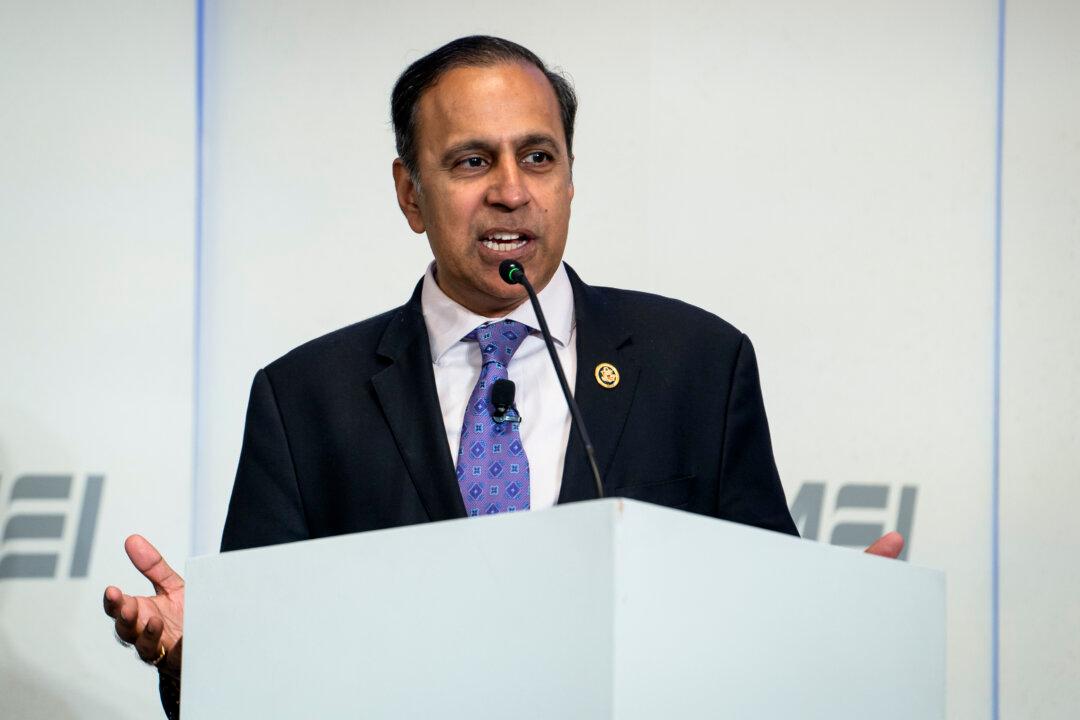She wakes up every other hour as she tries to sleep. Diarrhea keeps her up all night. There’s a persistent bitter taste in her mouth.
For Wei, a millennial in the epidemic ground zero of Wuhan, the burning question of whether she has the CCP (Chinese Communist Party) virus has lingered since Jan. 18, when she went to a bar and came back home feeling sick. But three CT scans and two nucleic acid tests later—which came back negative—she remains only a “suspected” case.





